ALLERGY
Allergies occur when your immune system reacts strongly to something that is usually harmless. These triggers, called allergens, can be found in various things like pollen, pet dander, certain foods, or even medications. When your body encounters an allergen, it mistakenly identifies it as a threat and releases chemicals like histamine to fight it off. This release of chemicals is what causes allergic reactions.
Types of Allergic Reactions
Allergic reactions can vary widely from person to person and depending on the allergen involved. Common symptoms include sneezing, itchy eyes, runny nose, skin rashes or hives, swelling, stomach pain, or even trouble breathing in severe cases.
Common Allergens
Some of the most common allergens include:
- Pollen: Pollen from trees, grasses, and weeds can trigger seasonal allergies, also known as hay fever.
- Dust mites: These tiny bugs live in house dust and can cause year-round allergies.
- Pet dander: Proteins found in the skin, saliva, and urine of pets like cats and dogs can trigger allergic reactions in sensitive individuals.
- Foods: Common food allergens include peanuts, tree nuts, milk, eggs, wheat, soy, fish, and shellfish.
- Insect stings: Venom from bee stings or bites from fire ants can cause allergic reactions ranging from mild to severe.
Managing Allergies
While allergies cannot always be cured, there are many ways to manage and reduce symptoms:
- Avoidance: If you know what triggers your allergies, try to avoid exposure as much as possible. For example, if you’re allergic to pet dander, limit your exposure to pets.
- Medications: Over-the-counter or prescription antihistamines, nasal sprays, and eye drops can help relieve symptoms.
- Allergy Drops: Allergen immunotherapy (allergy drops) can be an option to desensitize your immune system over time.
ALLERGY EASY-Sublingual immunotherapy
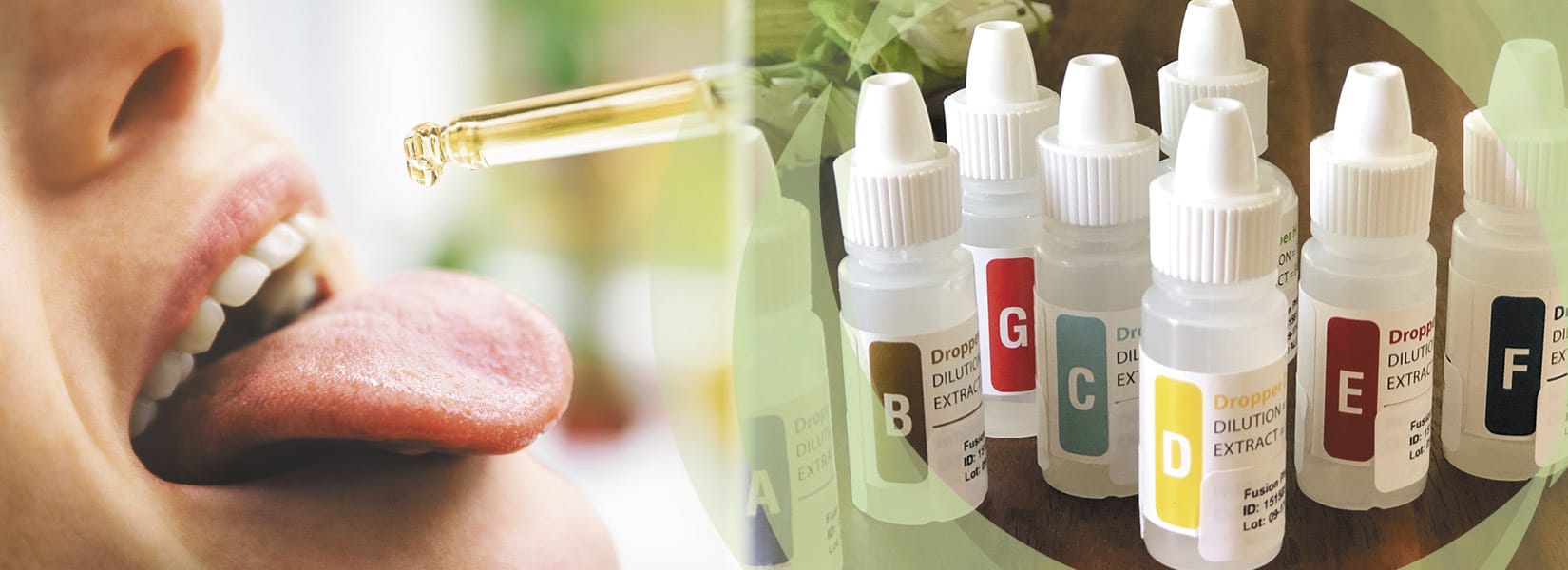
What Is Sublingual Immunotherapy?
Sublingual immunotherapy (SLIT) is similar to allergy shots in that it is a form of allergy immunotherapy. (Allergy shots are known as subcutaneous immunotherapy or SCIT.)
Both SLIT and SCIT treat allergies by exposing the body to liquid antigen that helps desensitize the immune system to allergic triggers. The big difference is that with subcutaneous immunotherapy, the antigen enters the bloodstream by way of injection. With sublingual immunotherapy, the antigen is dispensed under the tongue through oral drops and absorbs into the bloodstream through specialized oral cells.
AllergyEasy® Sublingual immunotherapy is safer than allergy shots. In fact, it has even been shown to be safe for children less than 5 years old.1 Shots are not usually appropriate for kids younger than 7. Because of AllergyEasy® drops’ heightened safety profile, they can be taken at home, which is perhaps the biggest advantage of sublingual immunotherapy. (Most allergy shot programs require patients to report to the doctor’s office a couple times a week for shots.)
Sublingual immunotherapy has been widely prescribed since the mid-1980s. In many parts of Europe, it is prescribed at least as often as allergy shots are. In the U.S., it is becoming increasingly popular as fewer people have time to go to the doctor’s office for allergy shots.
There is also an impressive body of sublingual immunotherapy research. The Cochrane Collaboration, World Health Organization and ARIA guidelines (Allergy Rhinitis and its Impact on Asthma) all affirm SLIT as do hundreds of research studies. In fact, the 2007 ARIA guidelines showed that according to World Health Organization standards, SLIT has surpassed SCIT in terms of the amount of modern evidence in it support and the quality of that evidence.
How do you know if you are a candidate for sublingual allergy immunotherapy?
While medications like pills and nasal sprays may be enough to keep allergies in check for some allergy sufferers, one big drawback is that they only treat the symptoms of allergy. Only sublingual allergy immunotherapy has been shown to change the underlying allergic disease.
When determining if a patient needs sublingual immunotherapy, a doctor will often consider:
- Severity – A person may be a candidate for sublingual allergy immunotherapy if their allergies are not just a passing annoyance but are severe enough to markedly affect their quality of life.
- Duration – A person may be a candidate for sublingual immunotherapy if their allergies occur over at least three to four months of the year.
Once a patient has met the criteria for sublingual allergy immunotherapy, they can then decide whether allergy shots or allergy drops (sublingual immunotherapy) are a better fit for their lifestyle.
1Rienzo VD, Minelli M, Musarra A, Sambugaro R, Pecora S, Canonica WG. “Post-marketing survey on the safety of sublingual immunotherapy in children below the age of 5 years.” Clinical and Experimental Allergy 2005, 35:560-4
RELATED PRODUCTS
Click any product below for details and to visit our online store.
-

Fusion Immune Kids
$38.84 -
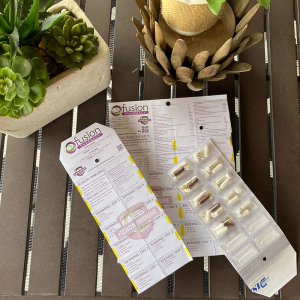
Fusion Immune
$33.98 -

D-Hist 120ct
Login to Order -

D-Hist Jr. 60ct
Login to Order -

ChitoRhino Sinus & Nasal Rinse Kit (Bottle + 60 Packets)
$23.99 -

Simply Saline™ Daily Care Instant Relief
$9.97 -

NasoNeb Sinus Therapy System
$99.98 -

Flonase Allergy Relief
$23.97 -

NeilMed NasaFlo NetiPot & 50 Packets
$17.97 -

Nasacort Allergy Relief
$16.97 -
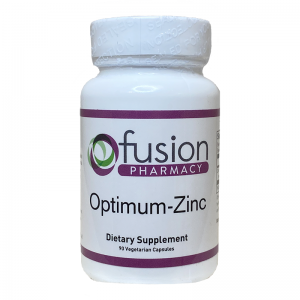
Optimum-Zinc
$14.98 -

Viracid
Login to Order -

Vitamin D3 5,000 IU
$24.98 -

ArtemiC Rescue
$110.00 -

Vitamin C 500mg with Rose Hips
$16.98 -

Melatonin 3mg with Vitamin B-6
$10.98 -
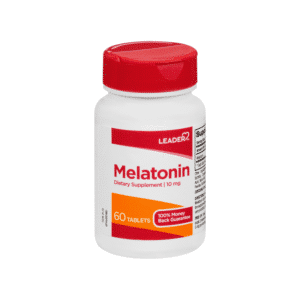
Melatonin 10mg
$6.97 -

OrthoMune
Login to Order -
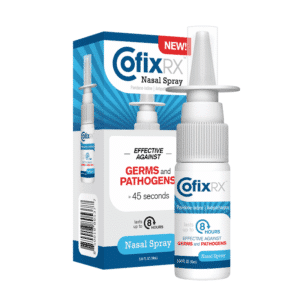
CofixRX Antipathogen Povidone Iodine Nasal Spray
$24.99 -
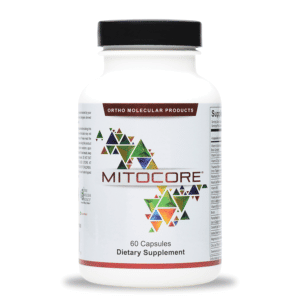
MitoCORE®
Login to Order
related articles
Peanut Allergy Therapy
CASE STUDY: Preschoolers benefit from peanut allergy therapy
READ MORE
Allergic Inflammation
CASE STUDY: The clinical expression of the most common allergic diseases reflects allergic inflammation and underlines that inflammation is the main target of anti-allergic therapies.
READ MORE
Allergic Rhinitis
CASE STUDY:
The current role of sublingual immunotherapy in the treatment of allergic rhinitis in adults and children.
READ MORE
immunotherapy benefits
• No shots!
• Take once a day at home
• Drops treat the underlying allergy
• Allergy pills only treat the symptoms
• Safer and more child-friendly than shots
• Protect against more allergens than traditional allergy shots
• For environmental and food allergies
• Can treat environmental and food allergies at the same time.
Food Allergies such as:
• Gluten, milk and dairy, eggs, fruit (oral allergy syndrome), nuts, and wheat.
Seasonal or environmental
allergies such as:
• Grass, pollen, and dust.
Pets:
• Allergies caused by dander.


